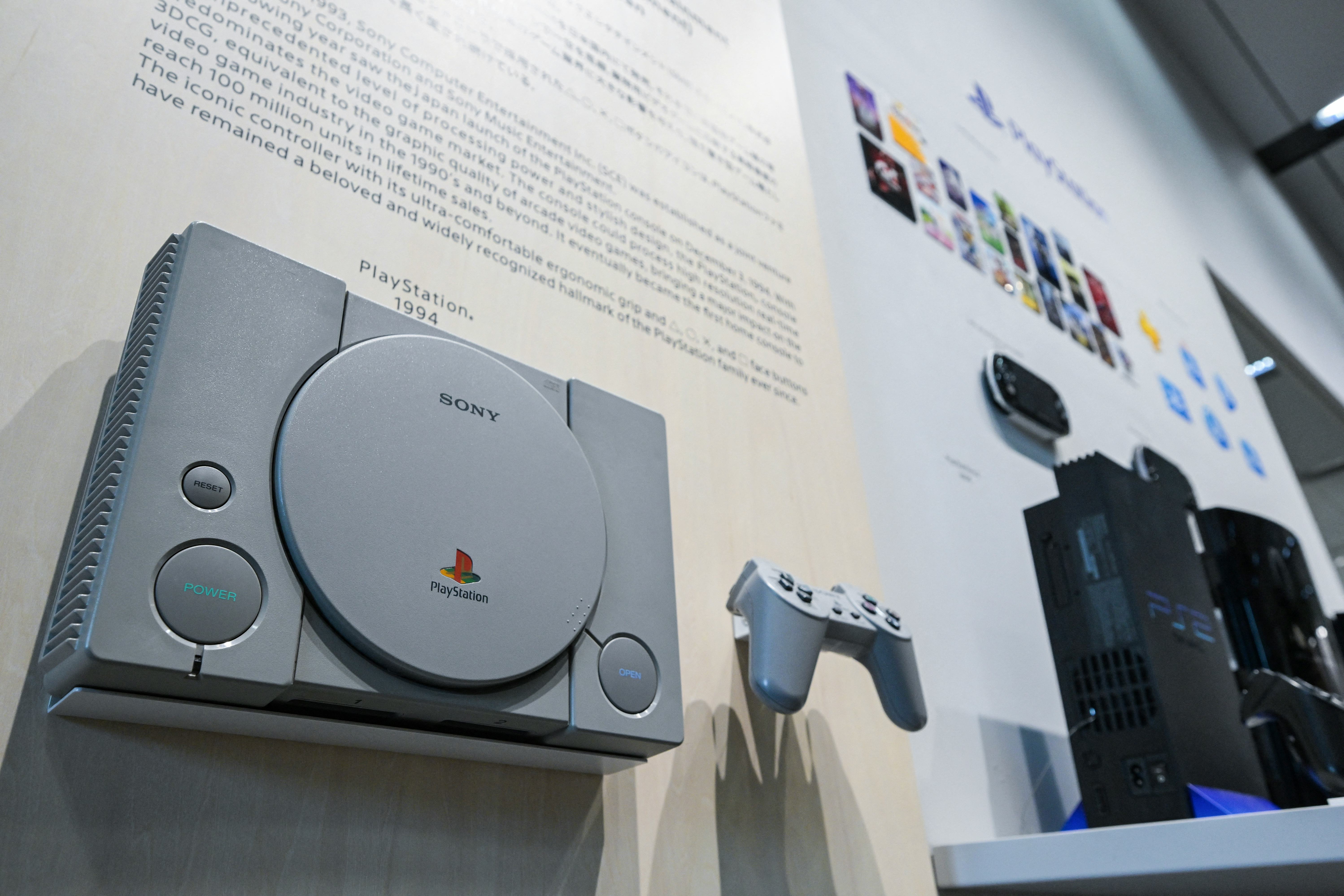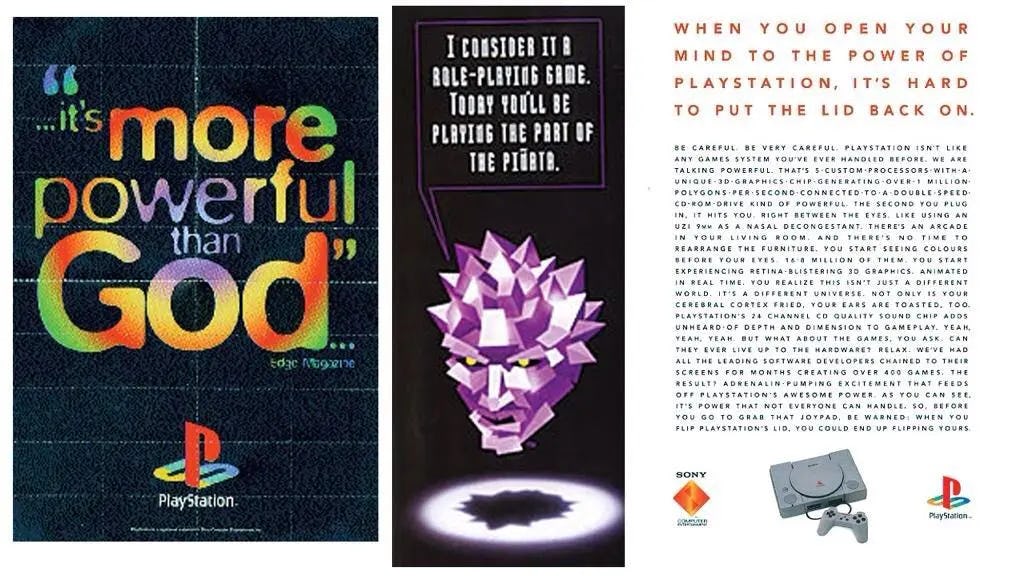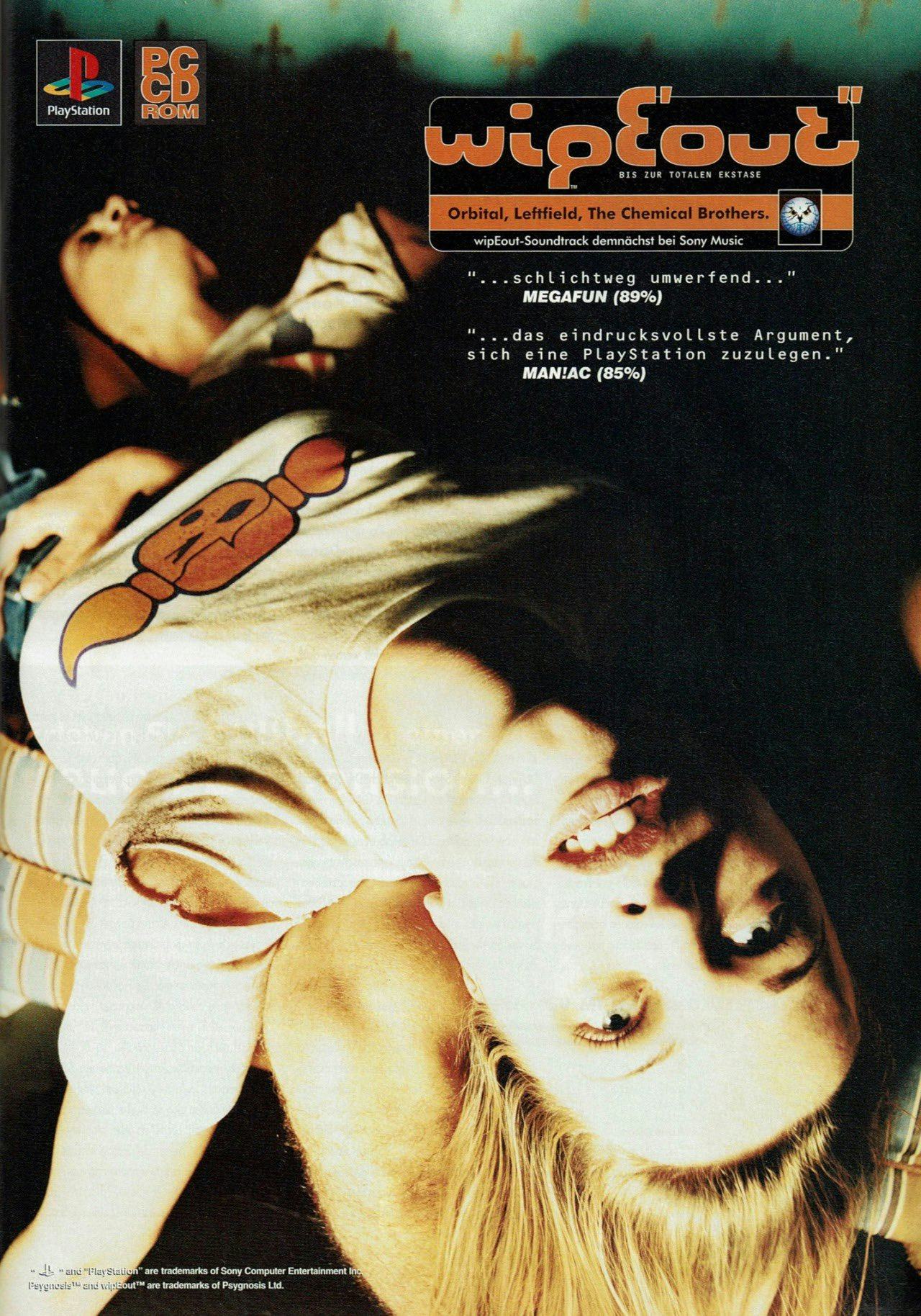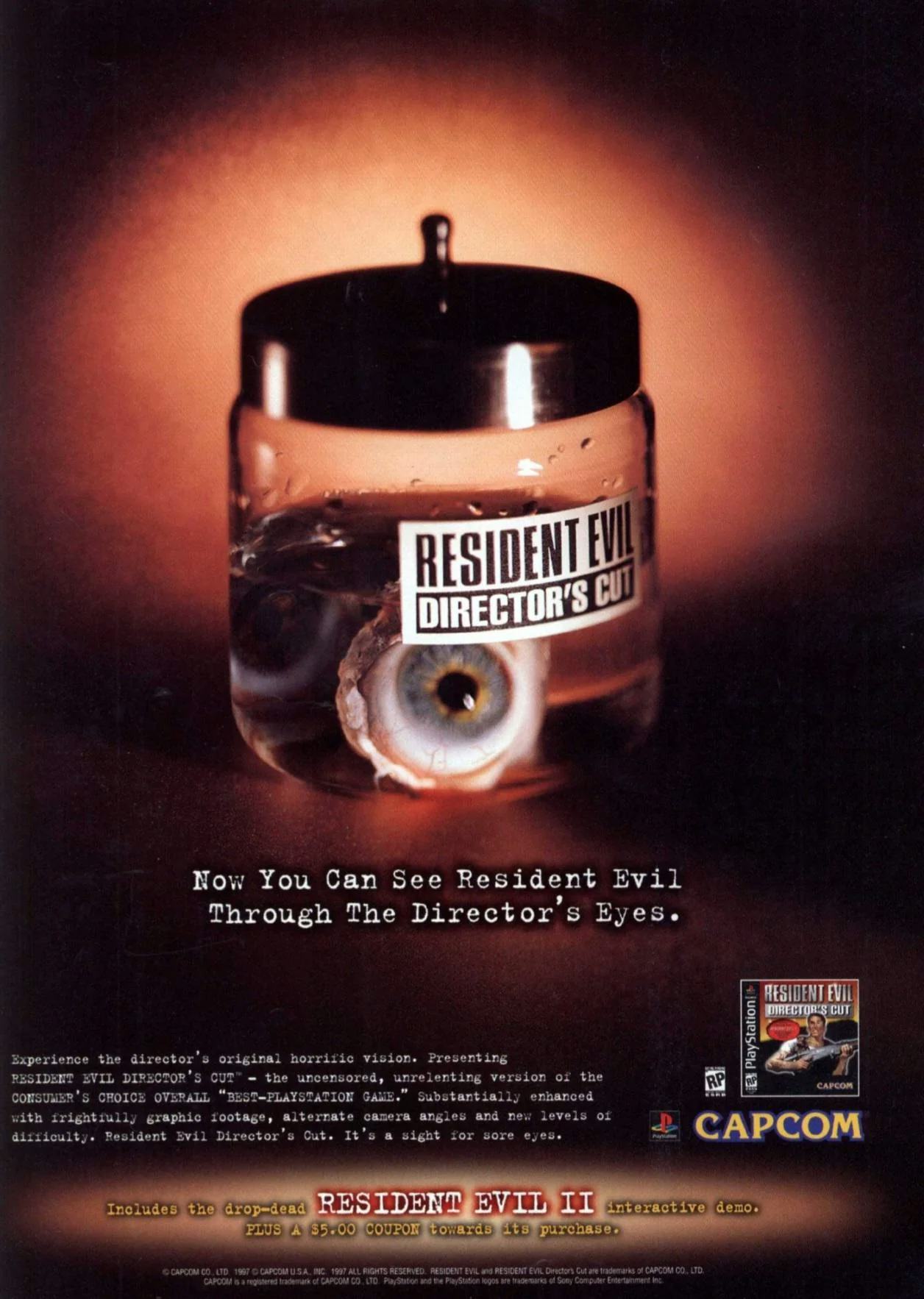
After 30 years of PlayStation, it’s sometimes tough to remember how much of a game changer the new platform was to the world at the tine. Sony, a new hardware competitor up against the already-established Sega and Nintendo, approached things with a new vision. According to a former PlayStation executive, one of the most important ways the company lapped the competition was by peddling its games and hardware with a flair for innovation.
Just in time for the brand’s landmark anniversary, Sony lifer and a former chairman for PlayStation Worldwide Studios Shawn Layden spoke with Eurogamer about the unorthodox and surprisingly successful ways Sony bullied its way into the gaming market in its early days. Layden explains that without a dedicated team for marketing games and brokering conversations with publishers and developers, Sony surprisingly leaned on employees in the company’s music division to reach new partners and audiences.
“When they decided they were getting into the game business, they knew they had the technology, the engineers. [Sony] said 'Let's be honest, we sell electronics'. Sony knew that without entertainment DNA, we would not be successful,” Layden explained. “So the initial stage was made a joint venture between Sony Electronics and Sony Music.”

Leaving that responsibility to people with almost zero game experience ended up being a major boon when presenting PlayStation as something avant-garde. Layden recalled “Sony Music guys” pulling up to the offices later than the engineering team “hungover, sunglasses, cigarettes hanging out their mouths.” The team would study the Japanese stock market for an hour before pursuing leads.
While the charismatic group of mysteryious employees couldn’t be more different from the prim-and-proper hardware team innovating on the technical side of the console, the music team produced major results in its new role.
“Those were the guys who would go out with the people at SquareSoft [known today as today SqureEnix] and ply them with whiskey until the wee hours of the morning to finally get Final Fantasy VII off of Nintendo and onto PlayStation,” Layden said. “That was really the 'oh my god' moment. 'Sony's really serious about this now.' And that's down to the music guys, the doggedness of just trying to get a deal over the line. They were amazing.”

Layden had joined Sony in 1987, nine years before the launch of the PlayStation. Layden would move to the PlayStation team in 1996, just a few years after the tech company shifted its CD-drive peripheral for Nintendo’s SNES to a fully-fledged console. The former executive said that top brass within Sony wasn’t convinced that the PlayStation would be the success it would become.
“Within Sony, a lot of the leadership at the time didn't take it seriously,” he told Eurogamer. “They thought: ‘Oh my god, Sega and Nintendo own this thing [the console industry]. You think Sony’s going to come in sideways and try to divvy that thing up into a three-piece pie?’ It was a fool's errand.’”
But snatching a piece of that pie took a gutsy move from Sony Music’s star team of cigarette-smoking dealmakers. At the time, both Nintendo and Sega used tried-and-true contemporary gaming marketing to sell games to younger audiences. Most games would show an action-packed art asset in print ads. Television ads were more creative, with live-action elements or even the occasional dig at the competition. But they mostly boiled down to what had worked well for years. Organized efforts to appeal to older players, like Nintendo’s “Play It Loud” ad campaign, came off as weird, inauthentic, and grating.
While PlayStation had its fair share of edgy ads making fun of the other side (it was still the 90’s after all), it was also on the cutting edge of what was actually cool to wider audiences at the time.
“Gaming advertising had been really straightforward,” Layden said. “But the advertising team at PlayStation came from Sony Music, so we were marketing games like you market rock bands - with a little of the mystery, a little of the sexy.”
Layden pointed out the cover of games like the first Wipeout, which looked a lot like an EDM album cover. Television ads in Japan used music from then-popular U.S. bands like Chemical Brothers and Prodigy. Ads for games like Tomb Raider, Crash Bandicoot, and Wipeout helped make gaming cool to the mainstream. Of course, it also helped that these games were genuinely impressive and pretty fun to play.

“We'd be going to clubs during that time and see PlayStation 1 kiosks with Wipeout in nightclubs,” Layden said. “You've got your vodka Red Bull in one hand, and you're playing Wipeout with the other. It was the beginnings of making gaming into a lifestyle, the beginnings of making it something where gaming is more than just a distraction.”
“Gaming became less something whispered about in pubs and more you overhearing someone saying, ‘oh I'm playing Tomb Raider,” he concluded.
The rest is , of course, history. Sony’s cutting-edge way of marketing games was replicated by Sega and Nintendo when advertising their next consoles. Microsoft would also take a similar approach when jumping into the gaming market with the first Xbox in 2001, targeting adults almost exclusively.

The tonal change of marketing across the games industry can also be credited to the advertising world catching up to the cultural shift of the late 90’s and early 2000’s. But PlayStation was ahead of the curve in proving that the old ways of selling games had become archaic. It’s a cyclical occurrence in most of the entertainment world. Nintendo would change the game once more in the late 2000’s getting the likes of Beyoncé and Robin Williams playing its systems for TV commercials.
For PlayStation’s 30th anniversary, it’s easy to overlook how revolutionary Sony’s approach to game marketing was for its time. While some of it has aged poorly, there’s no denying how pivotal it was in changing the perception of gaming and the soon-to-be billion-dollar industry forever. And in many ways, that’s just as important as the iconic games we all remember fondly three decades later.







